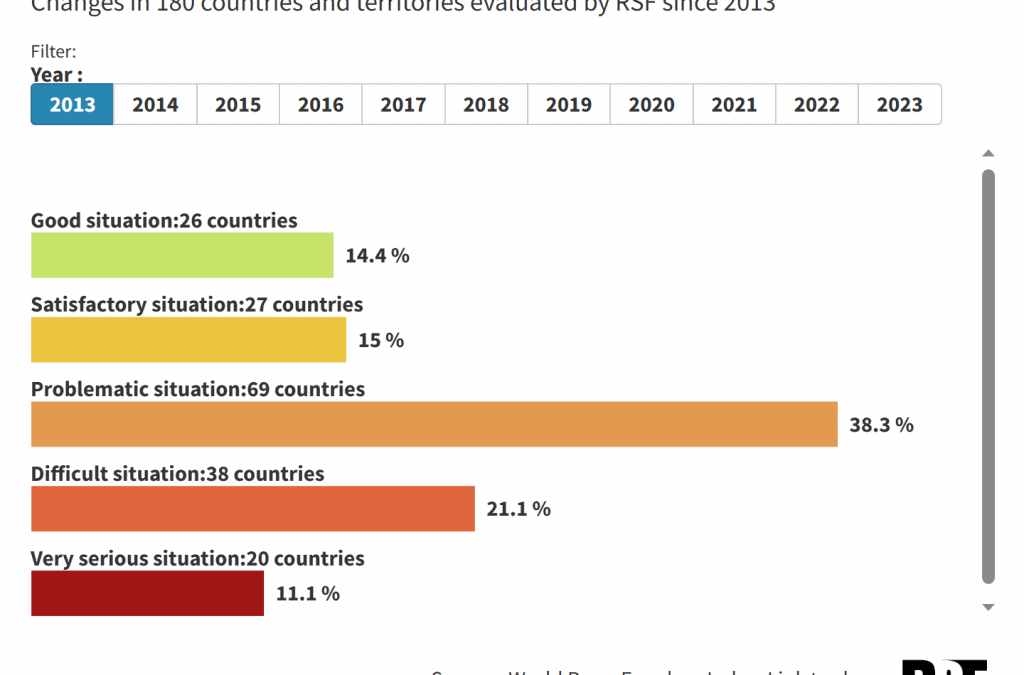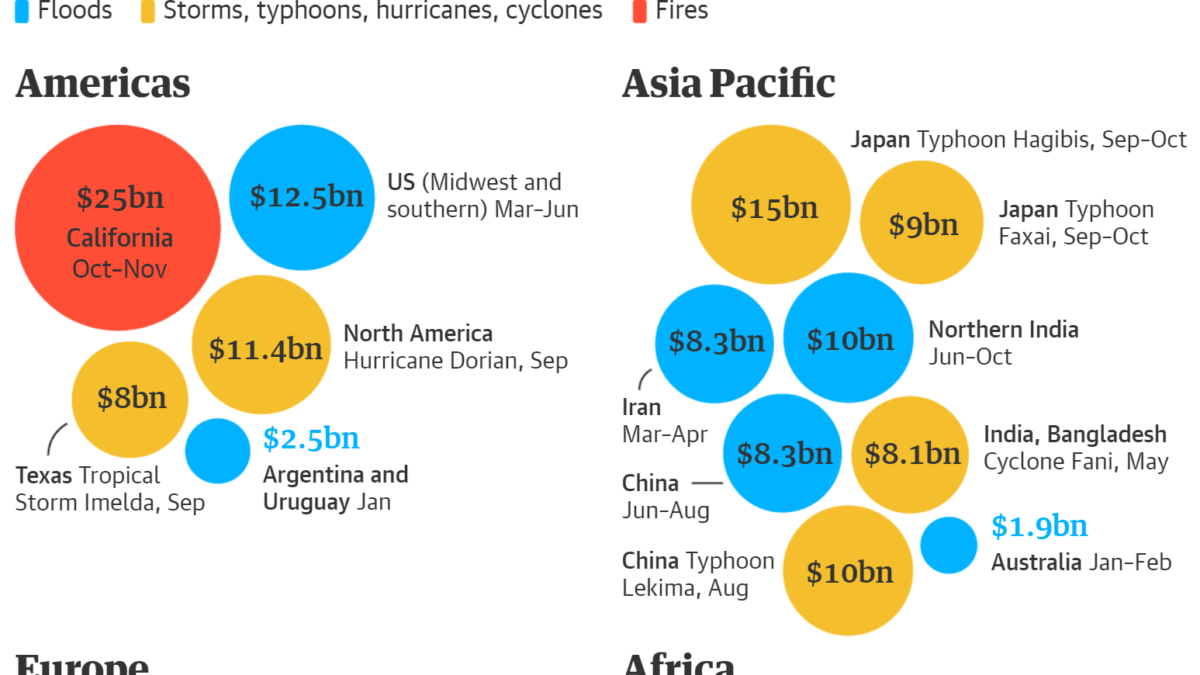Carbon dioxide emissions from cement production double in 20 years – “Each person on the planet is consuming on average more than a kilogram of cement per day”

By Seth Borenstein
22 June 2022
(AP) – Heat trapping carbon dioxide emissions from making cement, a less talked about but major source of carbon pollution, have doubled in the last 20 years, new global data shows.
In 2021, worldwide emissions from making cement for buildings, roads and other infrastructure hit nearly 2.9 billion tons (2.6 billion metric tons) of carbon dioxide, which is more than 7% of the global carbon emissions, according to emissions scientist Robbie Andrew of Norway’s CICERO Center for International Climate Research and the Global Carbon Project. Twenty years ago, in 2002, cement emissions were some 1.4 billion tons (1.2 billion metric tons) of carbon dioxide.
Driven by China, global cement emissions globally have more than tripled since 1992, recently growing at a rate of 2.6% a year. It’s not just that more cement is being made and used. At a time when all industries are supposed to be cleaning up their processes, cement has actually been going in the opposite direction. The carbon intensity of cement — how much pollution is emitted per ton — has increased 9.3% from 2015 to 2020, primarily because of China, according to the International Energy Agency.
“Cement emission have grown faster than most other carbon sources,” said Stanford University climate scientist Rob Jackson, who leads Global Carbon Project, a group of scientists that track worldwide climate pollution and publish their work in peer reviewed journals. “Cement emissions were also unusual in that they never dropped during COVID. They didn’t grow as much, but they never declined the way oil, gas and coal did. Honestly, I think it’s because the Chinese economy never really shut down completely.”
Cement is unusual compared to other major materials, such as steel, because not only does it require a lot of heat to make, which causes emissions, but the chemical process of making cement itself produces a lot of carbon dioxide, the major human-caused long-term heat-trapping gas.
The recipe for cement requires lots of a key ingredient called clinker, the crumbly binding agent in the entire mixture. Clinker is made when limestone, calcium carbonate, is taken out of the ground and heated to 2700 to 2800 degrees (1480 to 1540 degrees Celsius) to turn it into calcium oxide. But that process strips carbon dioxide out of the limestone and it goes into the air, Andrew said. […]
“Each person on the planet is consuming on average more than a kilogram (2.2 pounds) of cement per day,” said University of California Earth systems scientist Steve Davis. “Obviously, you’re not going to, you know, Home Depot and buying a sack of cement every day. But on your behalf, the roads and buildings and bridges out there are using more than a kilogram. And that’s kind of mind boggling to me.” […]
And while people talk about curtailing flying, global aviation emissions are less than half of that coming from concrete, according to Global Carbon Project. There’s “flight shaming” among scientists and activists, but no building shaming, Davis said. [more]


